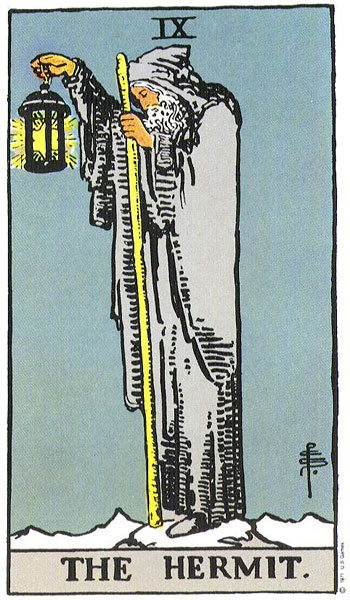Old Aberdeen’s Chanonry reeks of mystery and antiquity as one wanders down past the high-walled 19th century mansions towards St. Machar Cathedral, yet in medieval times, it would have looked completely different. The street name referred to the manses of the “canons-regular” or prebendaries of the cathedral; historian William Orem describes their duties “they were the parsons of the churches in the country, and had curates under them who performed divine service at their respective churches.” One canon’s house in particular was known as “Tam Framper’s Manse”, because, Orem tells us, “it was haunted”.
.jpg) |
| Bishop William Elphinstone |
The first manse was built by Canon Thomas Edname, the prebendary of Clatt Parish, around the late 1400s. The next incumbent, Canon John Scherar is singled out as one of the churchmen who helped Bishop Elphinstone create the design for Kings College Chapel in 1505. The name Framper is a complete mystery, but there are stories of a ghostly figure seen gardening in the old manse plot. After the Reformation, the manse belonged to Alexander Hay, Secretary of State to James VI. The following inhabitants might have been the source of the haunting as their time at Clatt Manse was not a happy one.
Alexander Gordon of Strathdon was the third son of the 5th Earl of Huntly. His grandfather had died of a stroke after the Battle of Corrichie in 1562, the 4th Earl’s forces being defeated by the Earl of Moray, James Stewart, the queen’s half-brother. Alexander’s father had luckily gained a pardon and the Catholic Gordons prospered again despite James VI’s Protestant stance. Alexander’s wife was Agnes Sinclair, who was Countess of Erroll in respect of her first husband, the late Andrew Hay. They married in 1588, and took ownership of the Clatt Manse, the same year Alexander’s elder brother, George, the heir, married Henrietta Stewart, who was a cousin of the king.
 |
| 5th Earl of Huntly from Myheritageimages site |
Yet by 1591, Alexander’s brother had ordered their eviction from the manse which was carried out in spectacularly cruel fashion by another cousin, Harold Gordon of Haddo. On the 28 July that year, as the couple would later complain to the Scots Privy Council – the medieval equivalent of the Scottish parliament – that Haddo had “violently put forth their servants, goods and other items and took possession of the property”. What had the pair done to upset the Earl?
The rift between the brothers may lie in the fact of George being accused the following year of involvement in the “Spanish Blanks Conspiracy”. A number of secret letters had been discovered which were bound for King Philip of Spain, asking him to invade Britain and restore Catholicism. The Spanish Armada had been defeated and shipwrecked in 1588, thus the Spanish monarch would have welcomed a plot of this nature from his Scots allies. Co-accused with the Earl of Huntly were William Douglas, Patrick Gordon and Francis Hay, 9th Earl of Erroll. The latter was Agnes Gordon’s stepson. Her first husband, Andrew Hay, had been married to his cousin, Lady Jean Hay, of which Francis was the product. Agnes clearly cared about him, as she would later find herself on trial for aiding Francis after he had been outlawed. James VI was very lenient with the conspirators, yet by this time George had already evicted Alexander from the manse. Was it then a knee-jerk reaction even before the plot came to light? Did Francis or Agnes threaten to reveal the treachery? George was clearly angry about something, to order such a humiliating action against his own brother, thus it may have been rooted in fear of Agnes’ unpredictable stepson.
That does not fully explain the origin of “Tam Framper” or any supernatural activity at the property. However, many ghost hunters revel in the supposition that hauntings usually follow at the site of a violent incident, so was Tam Framper the Gordons’ gardener who had tried to prevent Haddo’s eviction and perhaps died in the attempt?
No.12, The Chanonry, the site of Clatt Manse, is now a seven-bedroomed mansion, that is Tillydrone House, but perhaps Tam likes to come back every so often and ensure the flowers look pretty, just as his mistress, Lady Agnes Gordon preferred in more peaceable times.
 |
| The beautiful Tillydrone House - on the site covering Clatt & Mortlach Manses |









